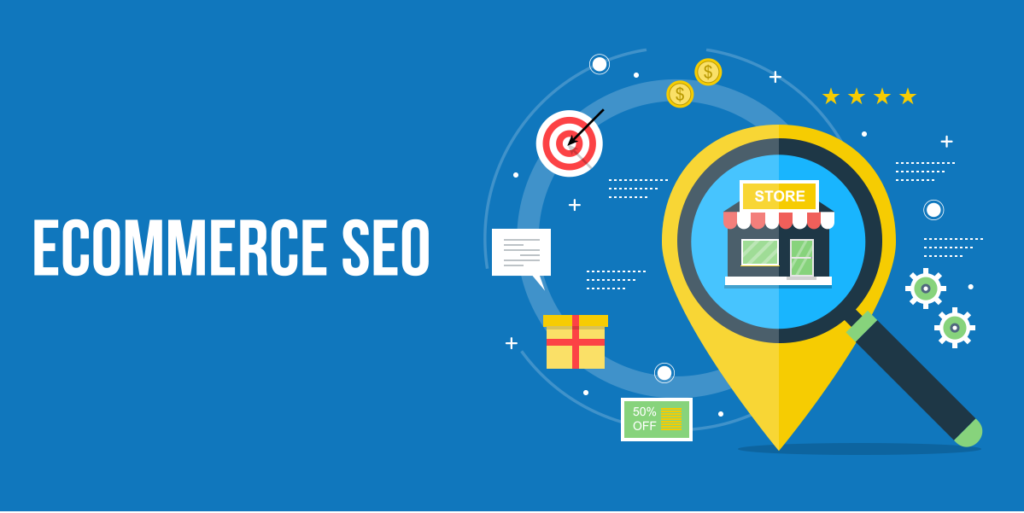
What is E-commerce SEO?
E-commerce SEO is the strategy of optimizing an e-commerce website to appear or rank higher in search engine result pages (SERPs). It typically involves optimizing your product pages, improving page load speed, researching and targeting relevant keywords, and a lot more.
Why is e-commerce SEO important?
E-commerce SEO (Search Engine Optimization) is crucial for the success of online stores for several reasons:
- Increased Visibility and Traffic: SEO helps improve the ranking of your e-commerce website on search engine results pages (SERPs). Higher rankings typically lead to increased visibility, which can drive more organic traffic to your site. Since the majority of online experiences begin with a search engine, appearing on the first page of results is critical for attracting potential customers.
- Cost-Effective Marketing: Unlike paid advertising, SEO focuses on organic traffic, which doesn’t require money in most cases for clicks or impressions. Although SEO requires an initial investment of time and resources, it can deliver sustainable and long-term results, making it a cost-effective marketing strategy.
- Targeted Audience: E-commerce SEO helps you attract a more targeted audience by optimizing for specific keywords that potential customers are using to find products similar to what you offer. This means the traffic you receive is more likely to convert into sales, as visitors are already interested in your products.
- Improved User Experience: Effective E-commerce SEO involves optimizing website structure, navigation, and content, which enhances the overall user experience. A well-organized site that’s easy to navigate encourages users or customers to stay longer and explore more products, which can lead to higher conversion rates.
- Local SEO: For e-commerce businesses with physical locations or those targeting specific geographic areas, local SEO is essential. It helps you appear in local search results, making it easier for nearby customers to find and visit your store.
E-commerce SEO best practices
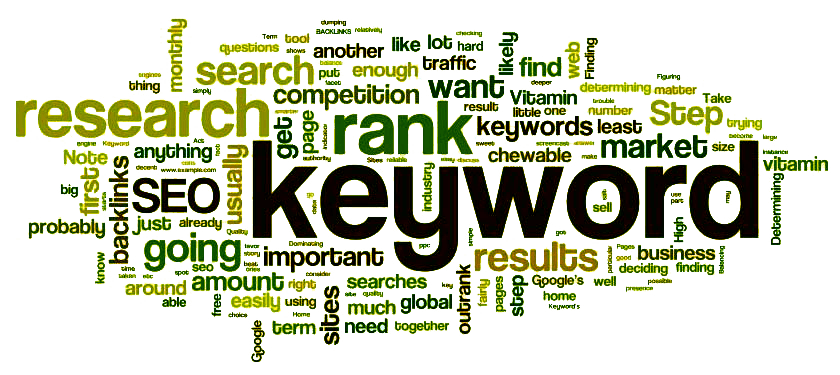
1. Keyword Research For E-commerce SEO
This means identifying and targeting keywords that reflect what your potential customers are looking for at different stages of their buying journey. This involves finding terms used by people ready to make a purchase, and ensuring your content aligns with their needs and motivations to increase conversion rates. The
When performing keyword research, don’t focus exclusively on the most popular keywords in your industry. It’s essential to factor buyer intent into the mix.
Buyer intent relates to the intention behind a search query. To identify this, you have to look at the specific phrases and terms that people type into search engines when they’re searching for things related to your product online.
You can perform these searches with some SEO keyword research tools like ahrefs, semrush, and Google Keyword Planer, etc.
2. Conduct Competitor Analysis

If you are unsure about how to begin your optimization strategy, you are not alone. This is a common challenge for beginners.
To tackle this situation effectively, conducting a competitor analysis is highly recommended. By carefully studying the keywords that your competitors are targeting for generating leads and conversions, you can gain valuable insights.
There are numerous online tools available that can assist you in spying on your competitors. It is important to note that your search should not be limited to keywords alone. Take the time to explore your competitor’s home page and other landing pages to observe how they have optimized these pages for enhanced visibility and increased traffic.
3. Use Long-Tail Keywords

Long-tail keywords consist of longer, more detailed phrases that users tend to utilize when they are nearing a purchase or seeking specific information. Although these keywords may have lower search volumes, they typically result in higher conversion rates due to their ability to match specific search queries accurately.
Long-tail keywords can reveal what your client is looking for and what their intentions are. For illustration, “shoes” is a short-tail keyword but “stylish Nike shoes for summer runs” is a long-tail keyword and it provides further information about the client’s likely coming way and intentions.
4. Optimize Your Product Pages

On-page SEO focuses on optimizing various elements within your web pages, including content and page speed, to enhance your position and presence in search engine results pages (SERPs).
Enhancing your on-page SEO entails optimizing elements like content, page speed, URLs, internal links, and title tags to cater to user intent and improve your visibility in search engine results pages (SERPs).
What are the benefits of on-page SEO?
On-page SEO is important for your overall strategy and leads to:
- Higher search rankings
- Increased traffic to your website
- More conversions
Once your on-page SEO strategy gains traction, it has the potential to significantly boost your online rankings and sales. Although the results of on-page SEO may not be immediate, the time and effort invested in creating relevant and helpful content for your target audience will establish your website as a valuable resource. Additionally, search engines will recognize the signals from your website’s content, further solidifying its relevance within your niche.
5. Your Site Must Be User-Friendly

User-friendly websites play a crucial role in SEO optimization as they enhance the overall user experience, which in turn can positively impact search engine rankings. When a website is easy to navigate, loads quickly, and provides valuable content, users are more likely to stay on the site longer, engage with the content, and potentially convert into customers.
Some of the key factors that contribute to a user-friendly website include:
- Mobile responsiveness: With the increasing number of users accessing websites on mobile devices, websites need to be optimized for mobile devices to provide a seamless browsing experience.
- Fast loading speed: Websites that load quickly are more likely to retain visitors and have a lower bounce rate, which can have a positive impact on search engine rankings.
- Clear navigation: A website with clear and intuitive navigation makes it easier for users to find the information they are looking for, leading to higher engagement and increased time spent on the site.
- Quality content: Providing valuable and relevant content on a website can help attract and retain users, as well as improve SEO rankings by increasing organic traffic.
6. Use Simple URL Structure

The structure of a website’s URLs is of utmost importance in determining its ranking on search engine results pages within the realm of search engine optimization (SEO). A straightforward and concise URL structure not only aids search engines in comprehending a website’s content more effectively but also enhances the user experience.
When generating URLs for your website, it is crucial to maintain simplicity and relevance to the linked content. This entails utilizing descriptive keywords that precisely depict the subject matter of the page while avoiding unnecessary parameters or numbers that may confuse both search engines and users.
POOR EXAMPLE: https://www.example.com/things-to-know-about-cooking/
GOOD EXAMPLE: https://www.example.com/baking-articles/
A well-organized URL not only enhances the overall user experience by facilitating site navigation for visitors, but it also communicates to search engines the essence of the page. Consequently, this increases the likelihood of your website ranking higher in search engine results for pertinent keywords.
7. Use Schema Markups
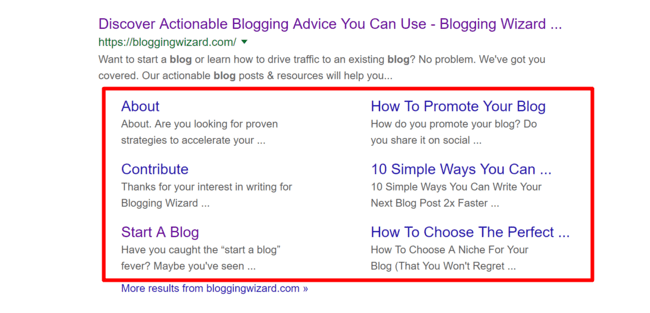
Schema markup is a form of microdata that you can add to your website’s HTML to improve the way search engines read and represent your page in search engine results. It helps search engines understand the content on your site and provide more informative results for users.
Importance of Schema Markup:
- Enhanced Search Results: Schema markup can create rich snippets (e.g., reviews, ratings, product prices), making your search listings more attractive and clickable.
- Improved Click-Through Rates (CTR): Rich snippets and enhanced search results can increase the likelihood that users will click on your link, leading to higher CTRs.
- Better Understanding by Search Engines: Schema helps search engines understand your content better, which can improve the relevance of your site for specific queries.
- Increased Visibility: Enhanced search results can stand out more prominently, increasing your website’s visibility on search engine results pages (SERPs).
- Voice Search Optimization: Schema markup can help your content be more easily understood and retrieved by voice search technologies, which are increasingly popular.
- Local SEO Benefits: For businesses with a local presence, schema markup can provide crucial information (like business hours and locations) that improves local search rankings and visibility.
- Enhanced User Experience: Providing detailed information directly in search results can improve the user experience by giving users quick access to the information they need.
- Potential Ranking Boost: While not a direct ranking factor, the improved understanding and enhanced display can indirectly boost your rankings by improving user engagement metrics like CTR and dwell time.
There are many kinds of rich snippets, including product markup snippets, music snippets, and review snippets. In e-commerce, you mostly use these kinds of schema:
- Product schema: This provides rich product information, such as images, price, and availability.
- Review schema: This enables online reviews.
- Product availability schema: This is a list of products that are available to purchase.
- Video schema: This is a type of metadata used to describe the content of a web page containing an embedded video.
- Price schema: This enables the sharing of product pricing information with search engines.
8. Avoid Duplicate Pages and Duplicate Content
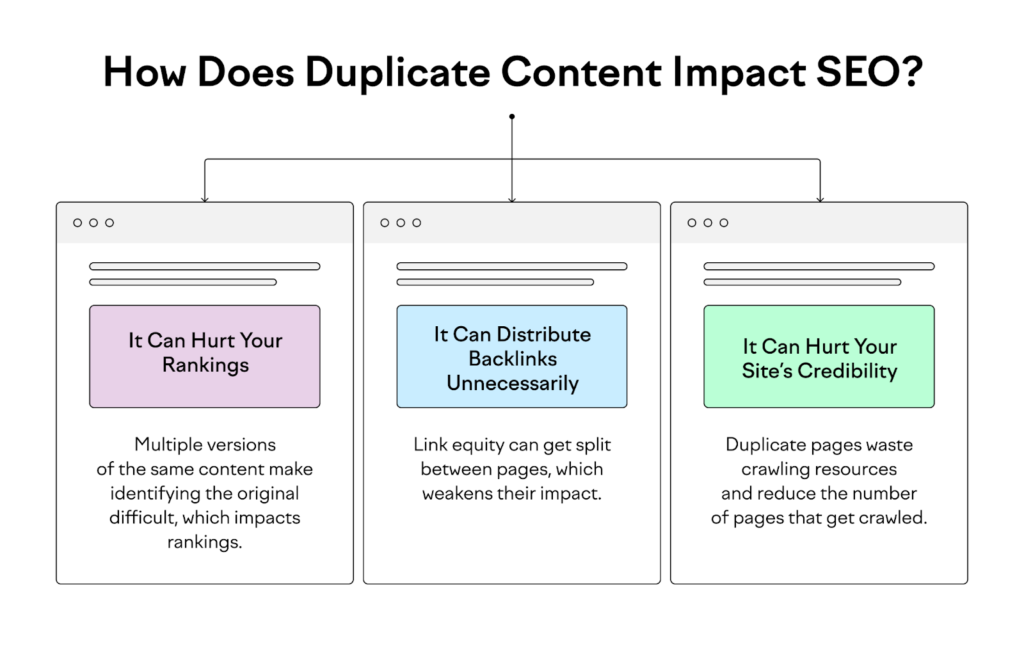
Duplicate content refers to substantial blocks of content within or across domains that either completely match other content or are appreciably similar. This can include duplicate pages within a single website or content that appears on multiple sites.
How to Avoid Duplicate Pages and Content:
- Canonical Tags: Use canonical tags to indicate the preferred version of a page when you have similar or duplicate content. This helps search engines understand which page to index and rank.
- 301 Redirects: Implement 301 redirects to direct users and search engines from duplicate pages to the original or preferred page. This consolidates the authority and ranking signals.
- Consistent URL Structures: Ensure consistent URL structures to avoid creating different URLs for the same content (e.g., www vs. non-www, HTTP vs. HTTPS).
- Unique Content Creation: Focus on creating unique, high-quality content for each page. Avoid copying content from other pages or sites.
- Avoid Scraping: Do not scrape content from other websites. Always create original content that provides value to your users.
- Monitor and Correct: Regularly audit your site for duplicate content issues using tools like Google Search Console, and take corrective actions as needed.
9. Optimize Your Website

Website speed optimization is a critical aspect of search engine optimization (SEO) that should not be overlooked.
Enhancing the loading times of your web pages is crucial for optimizing website speed. This improvement ensures that users can access your content quickly and efficiently. Faster website speed not only enhances user experience but also helps reduce bounce rates and plays a significant role in search engine optimization (SEO).
The following are five key reasons why website speed optimization is crucial for the success of a website in terms of SEO:
- Improved user experience: A fast-loading website provides users with a better experience, resulting in increased engagement and lower bounce rates. This positive user experience can lead to higher rankings on search engines.
- Faster indexing by search engines: Search engines like Google prioritize websites that load quickly, as they provide a better user experience. Websites that are slow to load may be penalized by search engines and ultimately rank lower in search results.
- Higher conversion rates: Studies have shown that slow-loading websites have higher bounce rates and lower conversion rates. By optimizing website speed, businesses can improve their chances of converting website visitors into customers.
- Mobile-friendliness: With the increasing use of mobile devices, website speed is even more crucial. Mobile users expect websites to load quickly on their devices, and search engines like Google prioritize mobile-friendly websites in search results.
- Competitive advantage: In a competitive online landscape, website speed optimization can provide a competitive advantage. By ensuring that a website loads quickly and provides a seamless user experience, businesses can stand out from their competitors and attract more organic traffic through SEO.
10. Use High-Quality Contents

In the world of e-commerce, the importance of uploading high-quality content on a website cannot be overstated. When it comes to SEO optimization, the quality of the content plays a crucial role in determining the visibility and ranking of the site in search engine results.
High-quality content not only helps in attracting more traffic to the website but also ensures that visitors have a positive user experience. Search engines like Google prioritize websites that have relevant, engaging, and informative content. By uploading high-quality product descriptions, images, videos, and blog posts, e-commerce websites can improve their search engine ranking and attract more organic traffic.
In addition, high-quality content helps establish the credibility and authority of the website in the eyes of both search engines and consumers. Well-written product descriptions, customer reviews, and testimonials can help build trust and loyalty among customers, leading to higher conversion rates and increased sales.
Overall, uploading high-quality content is essential for SEO optimization in e-commerce websites as it can significantly impact the visibility, ranking, and credibility of the site in the highly competitive online marketplace.
11. Link Building

Link building plays a crucial role in the success of e-commerce websites. By acquiring quality backlinks from reputable websites, an e-commerce site can improve its search engine rankings, increase organic traffic, and ultimately boost sales.
Through link building, an e-commerce website can establish authority in its industry, drive targeted traffic to its product pages, and improve the overall user experience. Additionally, obtaining backlinks from relevant websites can enhance the website’s credibility and trustworthiness in the eyes of both search engines and potential customers.
To create quality backlinks:
- Write guest posts
- Use social media ads
- Share content on social media
- Issue press releases
- Create infographics and share them online
- Publish whitepapers and case studies
Link building is an essential strategy for e-commerce websites looking to increase their online visibility and drive more sales. By creating a comprehensive link-building strategy, e-commerce businesses can effectively improve their search engine rankings and attract more qualified customers to their websites.
Avoid buying links. Some paid links violate Google’s guidelines. In addition, cheap links are often low quality. Poor quality links lead to lower rankings and reduced traffic. They can also negatively impact your site’s reputation.
12. Adding Sitemap
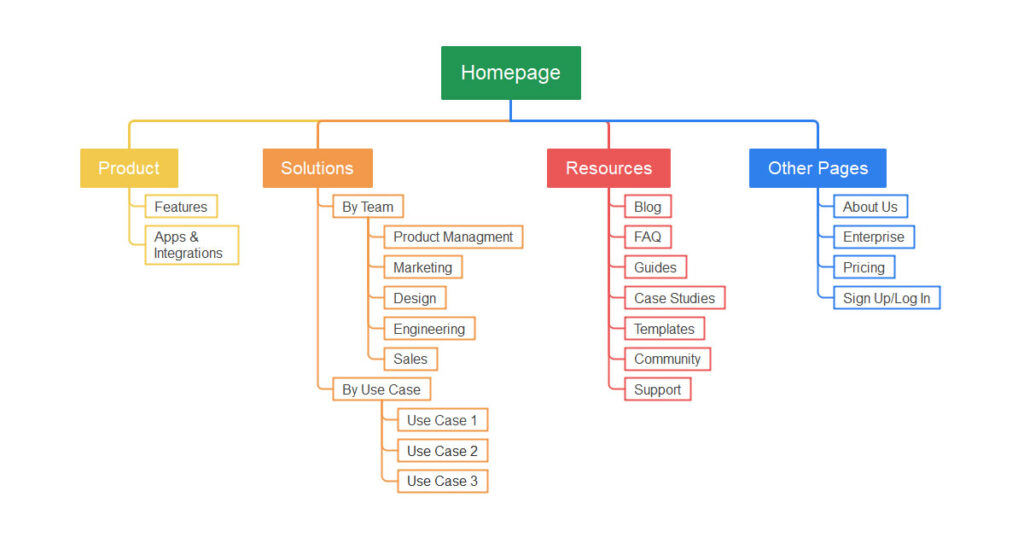
A sitemap is a crucial component of site optimization as it provides a clear and organized structure of a website to search engine crawlers. By listing all the URLs within a site, a sitemap helps search engines easily navigate and index the content. This can improve the website’s visibility and ranking in search engine results. In addition, a sitemap also enhances user experience by presenting a comprehensive overview of the website’s structure, making it easier for visitors to find what they are looking for. In conclusion, including a sitemap in site optimization is essential for both search engine optimization and user experience.
13. Make Social Sharing Easy

In most cases, social media sharing doesn’t directly impact SEO. However, when you share your content on social media, it increases brand exposure and allows people to get more familiar with your business.
In addition, it can be beneficial to grow the number of mentions you get on social media. Social media mentions can influence SEO by Driving organic traffic, Increasing visibility, Improving local SEO, Expanding content reach, Enhancing brand recognition, and Increasing backlinks.
You can use Buffer and Hootsuite to automatically post content from your site across all your social media accounts at scheduled intervals. This will increase your social media shares.
In conclusion, E-commerce SEO is a crucial aspect of online business success. By optimizing your website for search engines, you can increase visibility, drive traffic, and ultimately boost sales. With the right strategies and techniques, you can stay ahead of the competition and reach your target






Leave a Reply